Home>Garden Essentials>What Is A Pelleted Seed
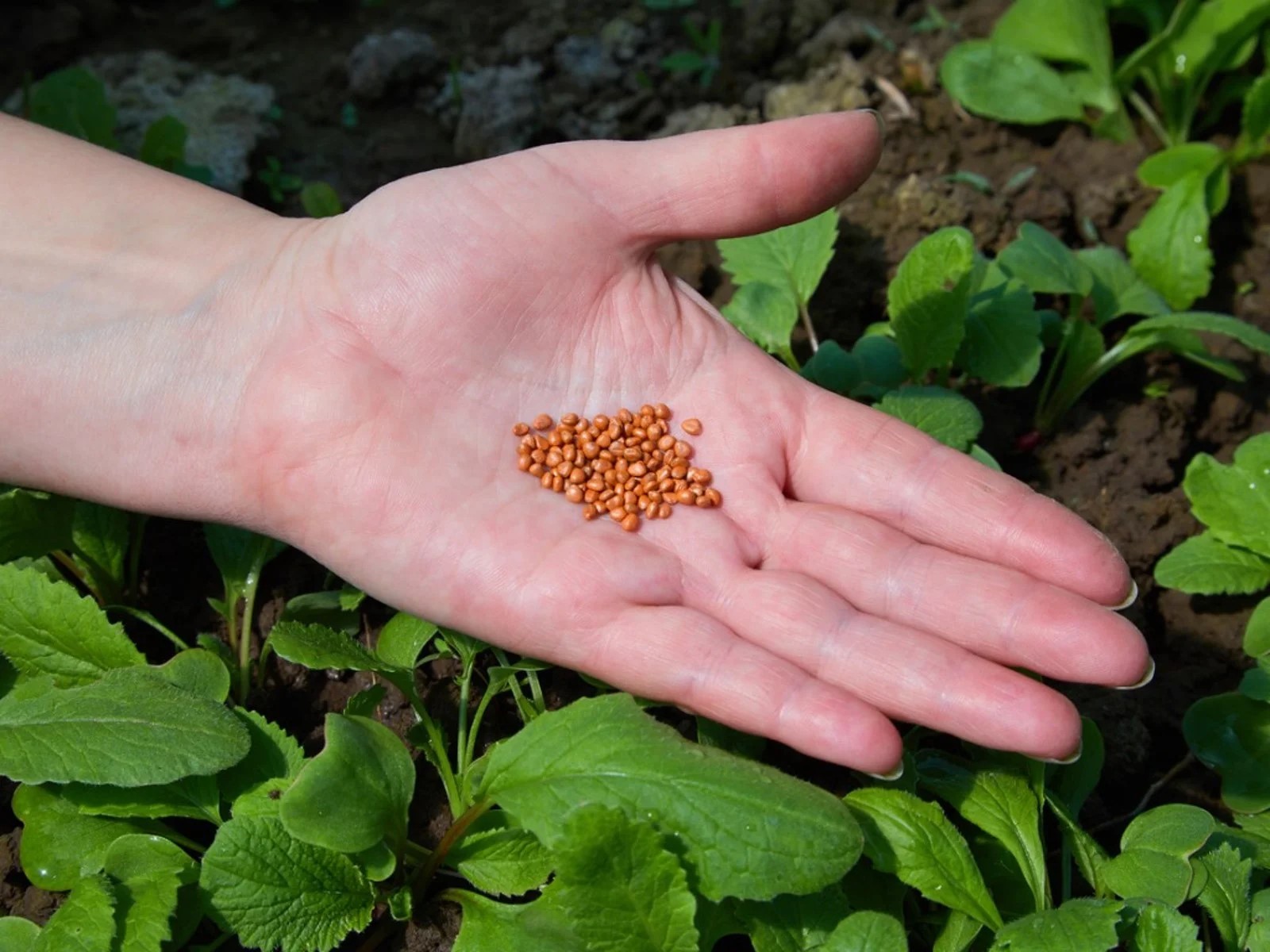

Garden Essentials
What Is A Pelleted Seed
Modified: March 15, 2024
Looking to start a garden? Find out what a pelleted seed is and how it can benefit your gardening experience. Explore the advantages of using pelleted seeds for your garden.
(Many of the links in this article redirect to a specific reviewed product. Your purchase of these products through affiliate links helps to generate commission for Storables.com, at no extra cost. Learn more)
Introduction
In the world of gardening, the quality of the seeds you choose is essential for the success of your plants. One type of seed that has gained popularity among gardeners is the pelleted seed. Pelleted seeds offer numerous advantages and can greatly simplify the sowing process.
So, what exactly is a pelleted seed? In simple terms, it refers to a seed coated with an outer layer of material, typically made from clay or a combination of clay and other additives. This coating serves multiple purposes, such as making the seed easier to handle, improving germination rates, and enhancing overall seedling growth.
Nowadays, pelleted seeds are widely available for a variety of plants, including vegetables, flowers, and herbs. They offer a convenient alternative to traditional seeds, particularly in situations where precision and accuracy are necessary, such as commercial greenhouse settings or when sowing tiny seeds.
Throughout this article, we will delve into the world of pelleted seeds. We will explore their benefits, discuss the process of pelleting seeds, examine the types of seeds that can be pelleted, and highlight the various uses of pelleted seeds. Additionally, we will provide some key factors to consider when using pelleted seeds in your gardening endeavors. By the end of this article, you will have a comprehensive understanding of pelleted seeds and how they can enhance your gardening experience.
Key Takeaways:
- Pelleted seeds have a protective outer coating that makes them easier to handle, improves germination, and enhances seedling growth, making gardening more convenient and successful.
- They are particularly useful for sowing small or delicate seeds with accuracy and uniformity, and are widely used in commercial greenhouse operations for their efficiency and consistent plant quality.
Read more: What Is Pelleted Seeds
Definition of Pelleted Seed
Pelleted seeds are seeds that have been coated with a protective layer of material, such as clay or a combination of clay and other additives. This coating forms a uniform outer covering around the seed, resulting in a spherical or oval-shaped pellet. The purpose of pelleting seeds is to improve their handling, germination rates, and overall success in the planting process.
The material used to coat the seeds can vary, but clay is commonly used due to its adhesive properties and ability to hold moisture. Other additives, such as binders, fertilizers, or pest deterrents, may be included in the pellet coating depending on the specific needs of the plant being grown.
One of the main benefits of pelleted seeds is that they are easier to handle and sow compared to traditional seeds. The larger size and uniform shape of the pellets make them less prone to clumping or spilling during the planting process. This is particularly advantageous for gardeners who work with small or delicate seeds that can be challenging to handle and sow accurately.
In addition to their ease of handling, pelleted seeds also have improved germination rates. The protective coating allows for better moisture absorption, providing a favorable environment for the seed to germinate. The coating also helps regulate the temperature around the seed, which can contribute to faster and more consistent germination.
Furthermore, pelleted seeds can enhance seedling growth by providing a small reservoir of nutrients and protecting the seedlings from environmental stresses. The coating can help prevent damage from pests, diseases, and harsh weather conditions, allowing the seedlings to establish themselves more effectively.
Overall, the use of pelleted seeds can simplify the seed sowing process and increase the chances of successful germination and plant establishment. Whether you are a novice gardener or a seasoned professional, pelleted seeds can be a valuable tool in your gardening toolkit.
Advantages of Pelleted Seeds
Pelleted seeds offer several advantages that make them a popular choice among gardeners. Here are some of the key benefits of using pelleted seeds in your garden:
- Ease of Handling: The pellet coating makes the seeds larger and easier to handle, especially for small and delicate seeds. This allows for more precise sowing and reduces the risk of seeds being lost or unevenly distributed.
- Improved Sowing Accuracy: By having a uniform shape and size, pelleted seeds ensure consistent spacing when sown, resulting in more evenly distributed plants. This is particularly important for crops that require specific plant densities for optimal growth and yield.
- Enhanced Germination: The protective coating of the pelleted seeds improves water absorption, leading to higher germination rates. The coating also helps regulate temperature, creating optimal conditions for seed germination. As a result, plants grown from pelleted seeds tend to have more uniform and rapid emergence.
- Reduced Thinning: Since pelleted seeds are sown with better accuracy and have higher germination rates, there is less need for thinning seedlings as they grow. This saves time and effort spent on manual thinning, especially for crowded crops like lettuce or carrots.
- Protection for Seedlings: The pellet coating provides a physical barrier that helps protect young seedlings from pests, diseases, and harsh environmental conditions. This increased protection allows seedlings to establish more robustly, reducing transplant shock and improving overall plant health.
- Increased Efficiency in Commercial Settings: Pelleted seeds are particularly beneficial in commercial greenhouse settings where precise seed placement is crucial. The uniformity of pelleted seeds makes mechanical planting and automated sowing equipment more efficient, leading to time and labor savings. It also reduces seed waste and improves overall crop uniformity and quality.
- Optimized Seed-to-Soil Contact: The pelleting process ensures that the seed has direct contact with the soil upon sowing. This improves seed germination and seedling establishment by enabling better nutrient absorption and root development.
With these advantages, it’s no wonder that pelleted seeds have gained popularity among gardeners who value ease of handling, improved germination, and efficient seedling establishment. Whether you are a backyard gardener or involved in commercial production, pelleted seeds can be a valuable tool in achieving gardening success.
Process of Pelleting Seeds
The process of pelleting seeds involves several steps to create the protective outer coating. While variations exist depending on the specific seed type and manufacturer, the general process can be summarized as follows:
- Seed Coating Preparation: The first step is to prepare the coating material, typically clay or a combination of clay and other additives. The clay is often mixed with water to create a slurry-like consistency.
- Seed Mixing: The seeds to be pelleted are thoroughly mixed with the coating material. This ensures that each seed is evenly coated and prevents clumping.
- Pelleting: In this step, the mixture of seeds and coating material is passed through a pelletizer or rotating drum. As the seeds move through the pelletizer, the clay adheres to their surface, forming a protective layer. This process may be repeated multiple times to achieve the desired pellet size and shape.
- Drying: After pelleting, the coated seeds are carefully dried to remove excess moisture. Drying can be done using low heat or in controlled environments to prevent damage to the seeds or the coating.
- Additional Treatments (Optional): Depending on the specific requirements of the seed or the desired outcome, additional treatments may be applied. This could include the application of fungicides, insecticides, growth enhancers, or fertilizers to further enhance the seed quality and performance.
- Quality Control: Pelleted seeds undergo rigorous quality control measures to ensure that they meet specific standards. This includes evaluating the pellet integrity, germination rates, and overall seed viability.
The pelleting process provides a protective barrier around the seed, offering benefits such as improved handling, higher germination rates, and increased seedling success. The precise techniques and equipment used in pelleting seeds may vary depending on the seed type and manufacturer, but the overall goal remains the same – to create a coated seed that promotes optimal performance during the planting process.
When planting pelleted seeds, be sure to follow the instructions on the seed packet for proper planting depth and spacing. The pellet casing helps with handling and planting, but it’s important to handle them gently to avoid damaging the seeds inside.
Types of Seeds that Can be Pelleted
Pelleting technology has expanded over the years, allowing for a wide variety of seeds to be pelleted. While not all seeds are suitable for pelleting, many common plant species can be coated to improve their handling and germination. Here are some types of seeds that are commonly pelleted:
- Vegetable Seeds: Pelleted seeds are particularly beneficial for small seeds of vegetables such as lettuce, carrots, spinach, and radishes. These tiny seeds can be challenging to handle and sow accurately, and the pelleting process provides ease of handling and improved sowing precision.
- Flower Seeds: Many flower seeds, especially those with small and lightweight seeds like petunias, pansies, and marigolds, can be pelleted. Pelleted flower seeds allow for easier sowing and less waste during the planting process.
- Herb Seeds: Popular herbs like basil, parsley, and cilantro often have small seeds that can be efficiently pelleted. Pelleted herb seeds provide better control during sowing, ensuring proper spacing and reducing the need for thinning.
- Lawn Seeds: Some lawn seeds, such as fine fescue or certain varieties of Bermuda grass, can be pelleted. Pelleted lawn seeds offer ease of handling, accurate sowing, and improved establishment for a lush and even lawn.
- Professional and Commercial Seeds: In commercial greenhouse settings, pelleted seeds are widely used for crops like tomatoes, peppers, cucumbers, and lettuce. The precision and efficiency provided by pelleted seeds are crucial in large-scale production where uniformity and accuracy are essential.
- Specialty Seeds: Certain specialized seeds, such as those used for hydroponics or precision agriculture, can be pelleted to optimize performance. Pelleted specialty seeds provide consistency in size, shape, and germination, ensuring uniform growth and yield.
It’s important to note that not all seeds are suitable for pelleting. Seeds with hard or thick coats, unusual shapes, or delicate germination requirements may not lend themselves well to the pelleting process. Additionally, some gardeners prefer to work with traditional non-pelleted seeds for specific reasons. It’s always best to consult seed catalogs, suppliers, or gardening experts to determine if pelleted seeds are suitable for the specific plants you intend to grow.
Pelleted seeds have revolutionized the way gardeners handle and sow seeds, offering convenience, precision, and improved germination. Whether you are growing vegetables, flowers, herbs, or working on a large-scale commercial operation, pelleted seeds can be a valuable tool to enhance the success of your garden or crop.
Read more: How To Plant Pelleted Seeds
Uses of Pelleted Seeds
Pelleted seeds have a wide range of uses in gardening and agriculture. Their unique characteristics and benefits make them a valuable tool for various applications. Here are some common uses of pelleted seeds:
- Precision Sowing: One of the main uses of pelleted seeds is to ensure accurate and precise sowing. The uniform size and shape of the pellets make it easier to space the seeds appropriately, resulting in even plant distribution and consistent growth. This is particularly important for crops that require specific plant densities for optimal development.
- Small Seed Handling: Pelleted seeds are especially useful for handling small seeds that are difficult to sow individually. The coating adds bulk to the seeds, allowing for easier manipulation and reducing the risk of dropping or losing tiny seeds during the planting process.
- Greenhouse and Nursery Production: Pelleted seeds are extensively used in commercial greenhouse and nursery operations. The precise size and shape of the pellets enable automated sowing techniques, reducing labor costs and increasing efficiency. Additionally, the uniformity of pelleted seeds contributes to uniform growth, resulting in consistent plant quality and appearance.
- Container Gardening: Pelleted seeds are often preferred by container gardeners. The ease of handling and accurate sowing provided by pelleted seeds allows for efficient planting in small spaces. The pellets also minimize the risk of overcrowding, ensuring proper root development and preventing competition among plants.
- Gardening with Children: Pelleted seeds can be a great way to introduce children to the joys of gardening. The larger size and distinct shape of the pellets make it easier for young gardeners to handle and sow the seeds. This promotes a sense of accomplishment and engagement as they witness the seeds transform into thriving plants.
- Improved Germination: Pelleting seeds can enhance germination rates and overall plant success. The outer coating of the pellet provides favorable conditions for seed hydration, leading to faster and more consistent germination. This is especially beneficial for challenging-to-germinate seeds or in less controlled environments.
- Efficient Planting of Fragile Seeds: Fragile seeds, such as those with delicate embryos or seeds prone to damage during handling, can benefit from pelleting. The protective coating provides an additional layer of defense, reducing the risk of seed damage and increasing the chances of successful germination and seedling establishment.
These are just a few examples of the many uses of pelleted seeds in gardening and agriculture. The versatility and convenience offered by pelleted seeds make them a valuable resource for gardeners, nursery operators, farmers, and anyone looking to achieve greater precision and success in their planting endeavors.
Factors to Consider When Using Pelleted Seeds
While pelleted seeds offer numerous advantages, there are several factors to consider when using them in your gardening or agricultural practices. Understanding these factors will help ensure optimal results and maximize the benefits of pelleted seeds. Here are some key considerations:
- Seed Quality: It’s important to start with high-quality pelleted seeds. Choose reputable seed suppliers that provide pelleted seeds with good genetic purity, high germination rates, and low incidence of disease or pests. Quality seeds are the foundation for successful plant growth.
- Seed Storage: Proper storage of pelleted seeds is crucial for maintaining their viability. Follow the instructions provided by the seed supplier, including temperature, humidity, and light conditions. Improper storage can reduce seed germination rates and lead to poor plant performance.
- Sowing Depth: When sowing pelleted seeds, it’s essential to consider the recommended sowing depth for each particular plant species. The pelleting coating may affect the seed’s ability to emerge if sown too deep or too shallow. Follow the guidelines provided by the seed supplier or consult gardening references for the appropriate sowing depth.
- Watering: Pelleted seeds may require careful watering to ensure proper germination. The clay coating can absorb and retain moisture, but it’s important not to oversaturate the soil or allow the coating to dry out completely. Regularly monitor soil moisture levels and adjust watering accordingly.
- Temperature Considerations: Pay attention to the temperature requirements of the specific seeds you are using. Some seeds may have specific temperature ranges for optimal germination. Ensure the soil and surrounding environment are within the recommended temperature range to promote successful germination.
- Understanding Seedlings: It’s important to recognize that seedlings produced from pelleted seeds may exhibit different growth patterns compared to traditional seeds. The size and shape of the pellet coating can affect seedling emergence and root development. Allow sufficient space for the seedlings to grow and adjust watering and fertilization practices accordingly.
- Seed Variability: Although pelleted seeds provide uniformity in size and shape, some inherent seed variability may still be present. It’s essential to monitor plant growth and address any variations that may occur. This could include thinning plants if overcrowding occurs or providing additional support for weaker seedlings.
By considering these factors and adjusting your gardening practices accordingly, you can maximize the benefits of pelleted seeds and ensure successful plant growth. It’s always advisable to refer to the specific instructions provided by the seed supplier and consult gardening references for additional guidance on using pelleted seeds for different plant varieties.
Conclusion
Pelleted seeds have revolutionized the world of gardening and agriculture, offering numerous benefits and simplifying the planting process. The protective outer coating of pelleted seeds provides advantages like ease of handling, improved germination rates, and enhanced seedling growth. Whether you are a backyard gardener, a commercial grower, or nurturing plants in containers, pelleted seeds can be a valuable tool in your gardening toolkit.
The convenience and precision offered by pelleted seeds make them particularly useful for sowing small or delicate seeds with accuracy and uniformity. They are widely used in commercial greenhouse operations for their efficiency and the consistent plant quality they deliver. Moreover, pelleted seeds find applications in container gardening, making it easier to sow seeds in limited spaces.
It’s essential to consider factors such as seed quality, storage conditions, sowing depth, watering, temperature requirements, and understanding the characteristics of seedlings when using pelleted seeds. By adhering to these considerations and adjusting gardening practices accordingly, you can ensure optimal results and maximize the benefits of pelleted seeds.
As with any gardening technique, experimentation, observation, and adaptation play crucial roles in achieving success with pelleted seeds. Each plant species may have specific requirements, and it’s important to consult reputable seed suppliers and reference materials for guidance. Always stay informed and stay curious as you explore the possibilities that pelleted seeds offer.
In conclusion, pelleted seeds provide a game-changing solution for gardeners and agricultural enthusiasts, simplifying the planting process and increasing the chances of successful germination and plant growth. So, embrace the convenience and precision of pelleted seeds, and watch your garden thrive!
Frequently Asked Questions about What Is A Pelleted Seed
Was this page helpful?
At Storables.com, we guarantee accurate and reliable information. Our content, validated by Expert Board Contributors, is crafted following stringent Editorial Policies. We're committed to providing you with well-researched, expert-backed insights for all your informational needs.
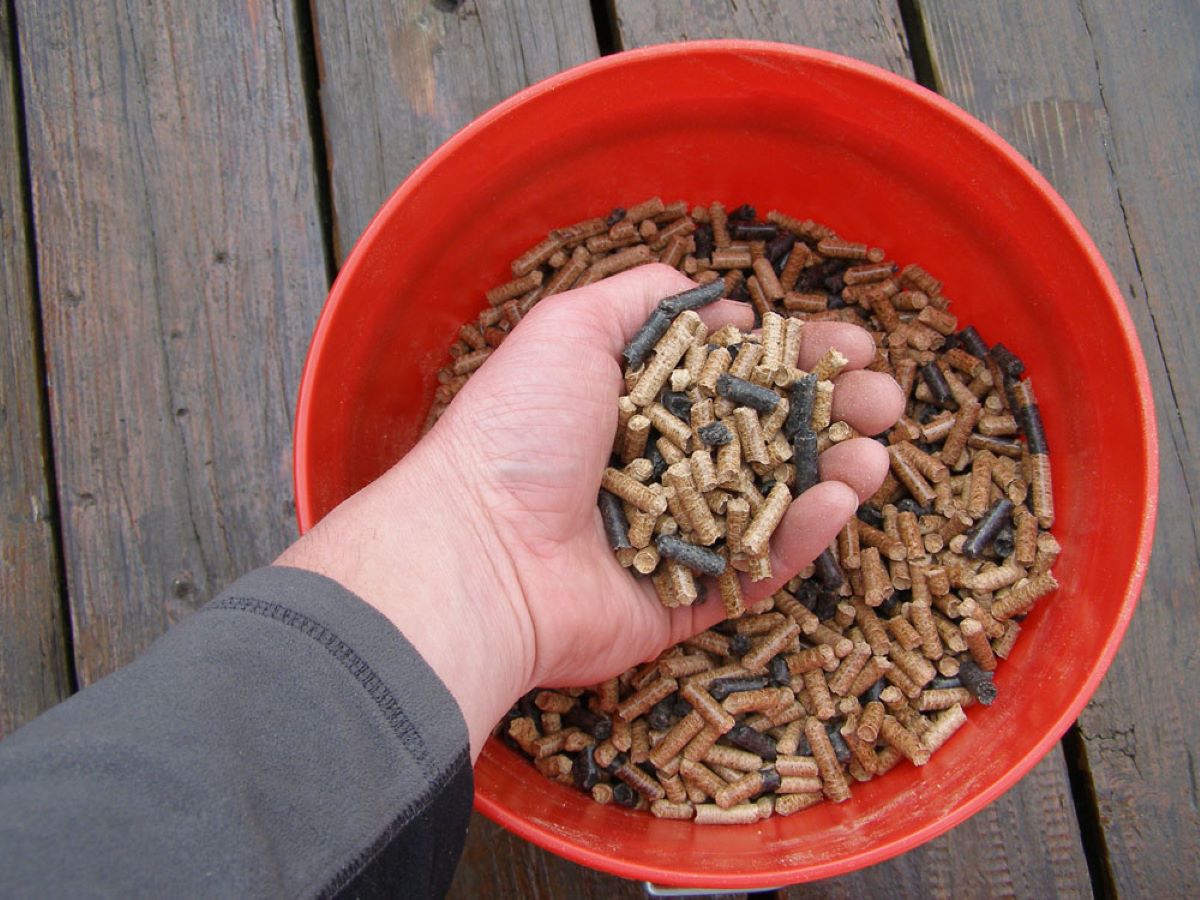
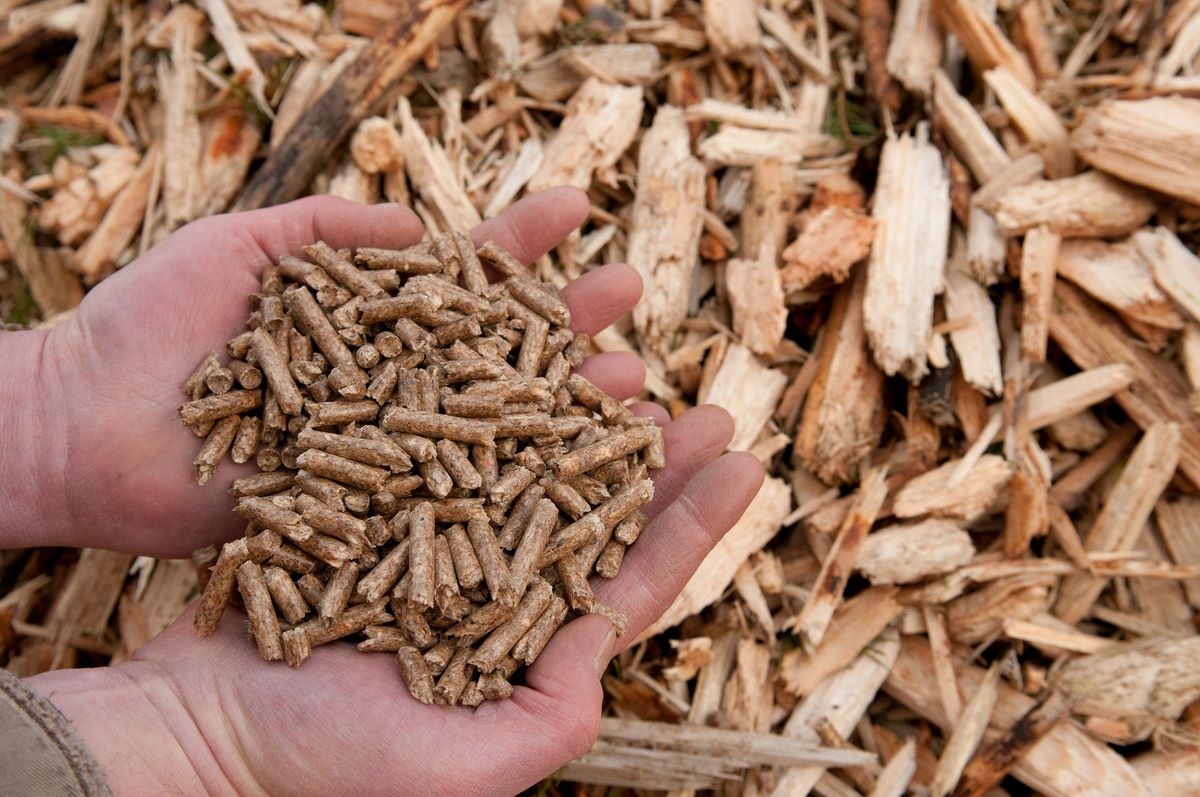
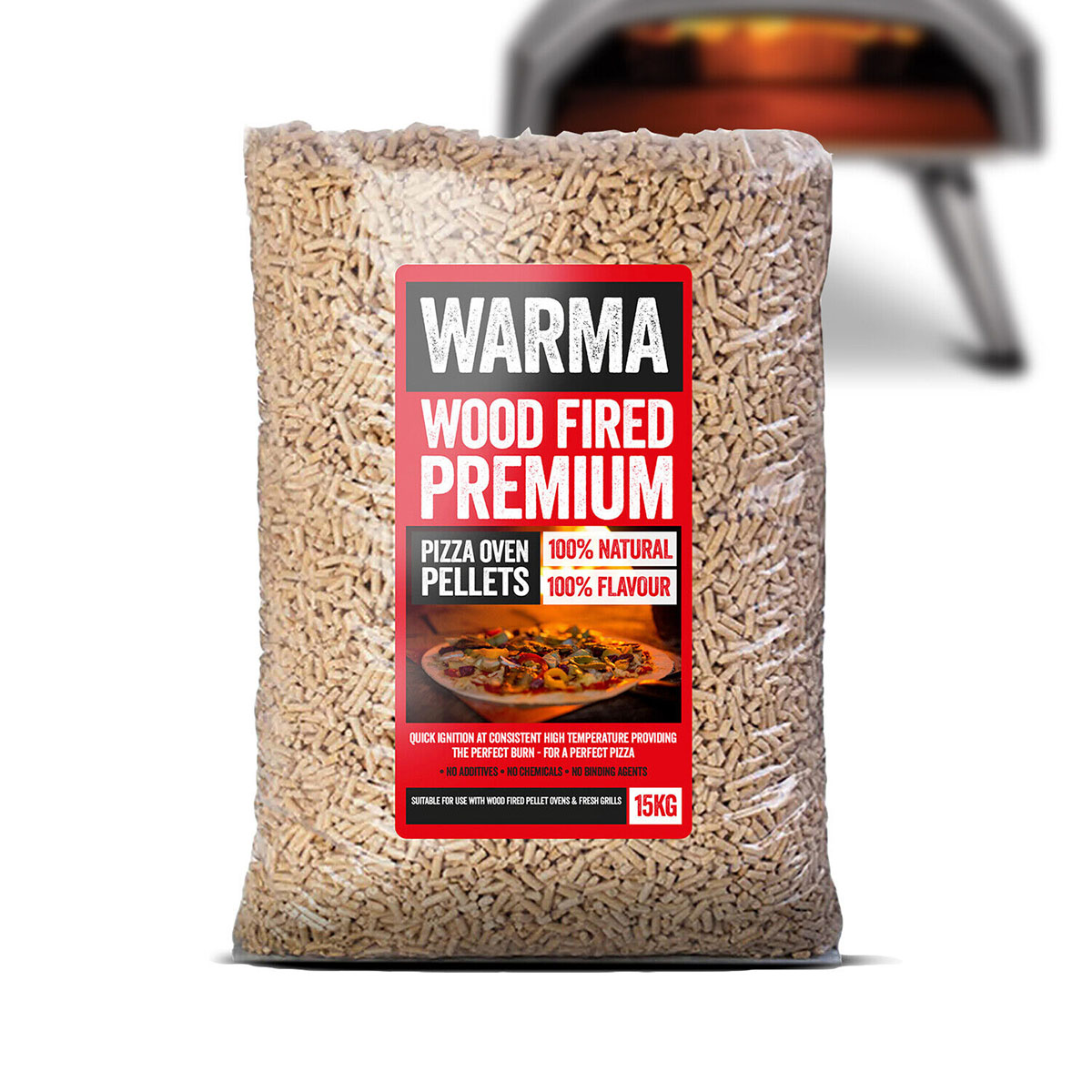
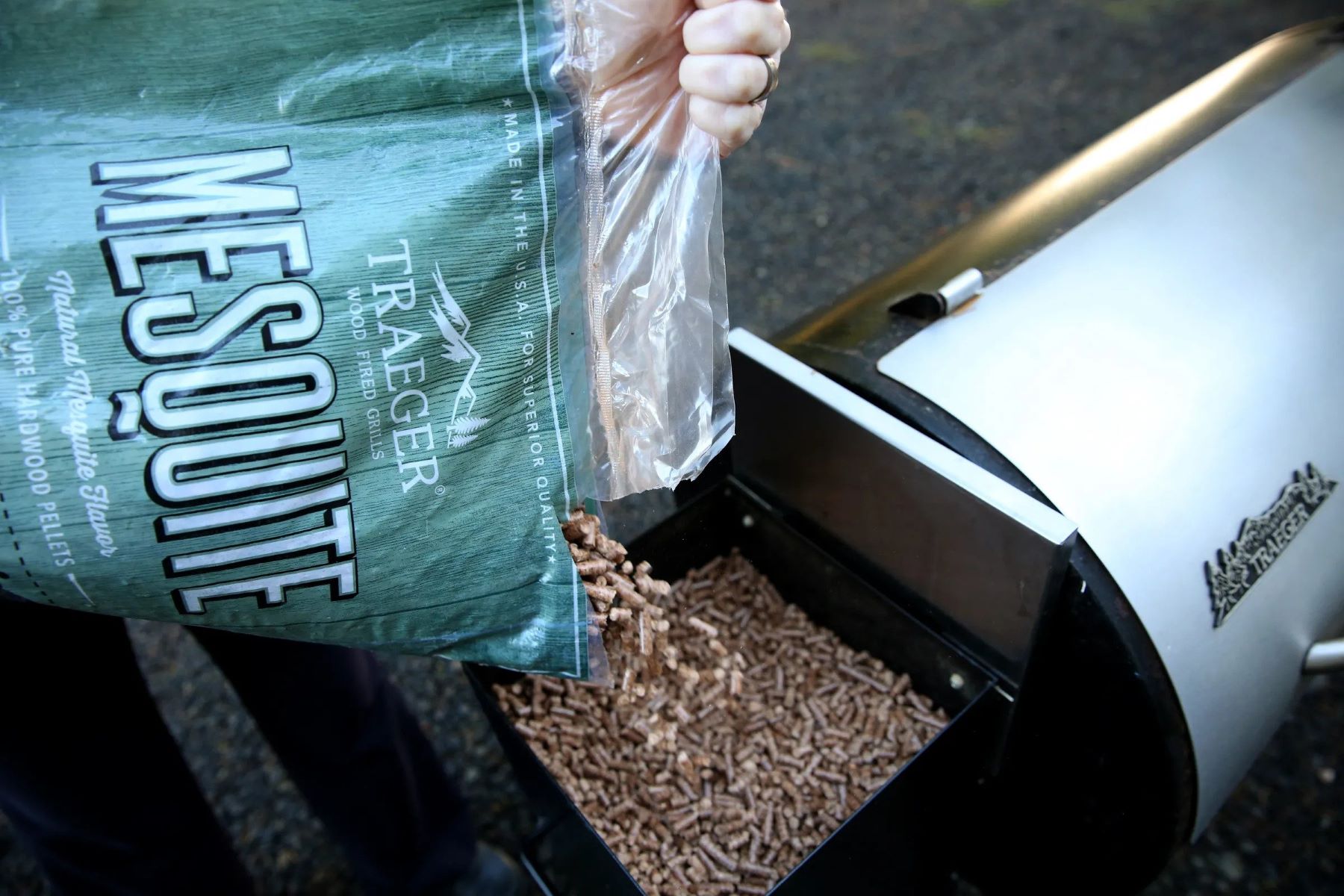
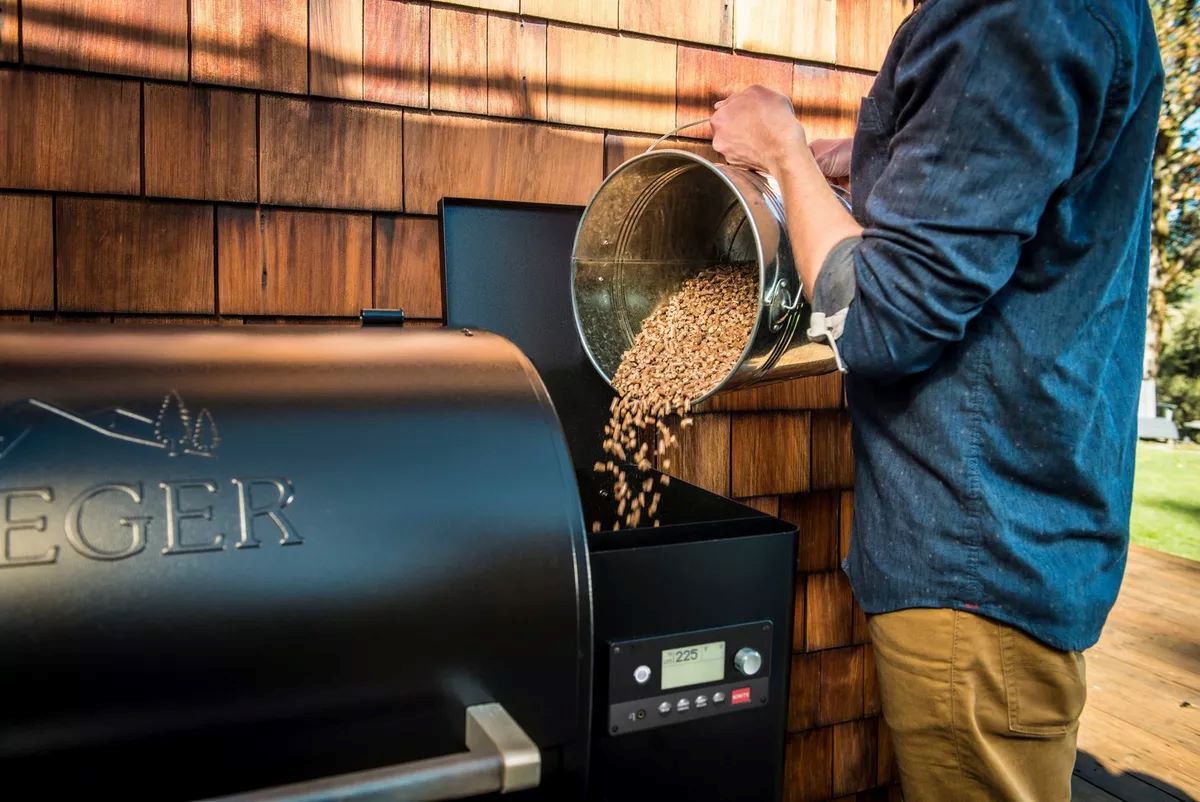
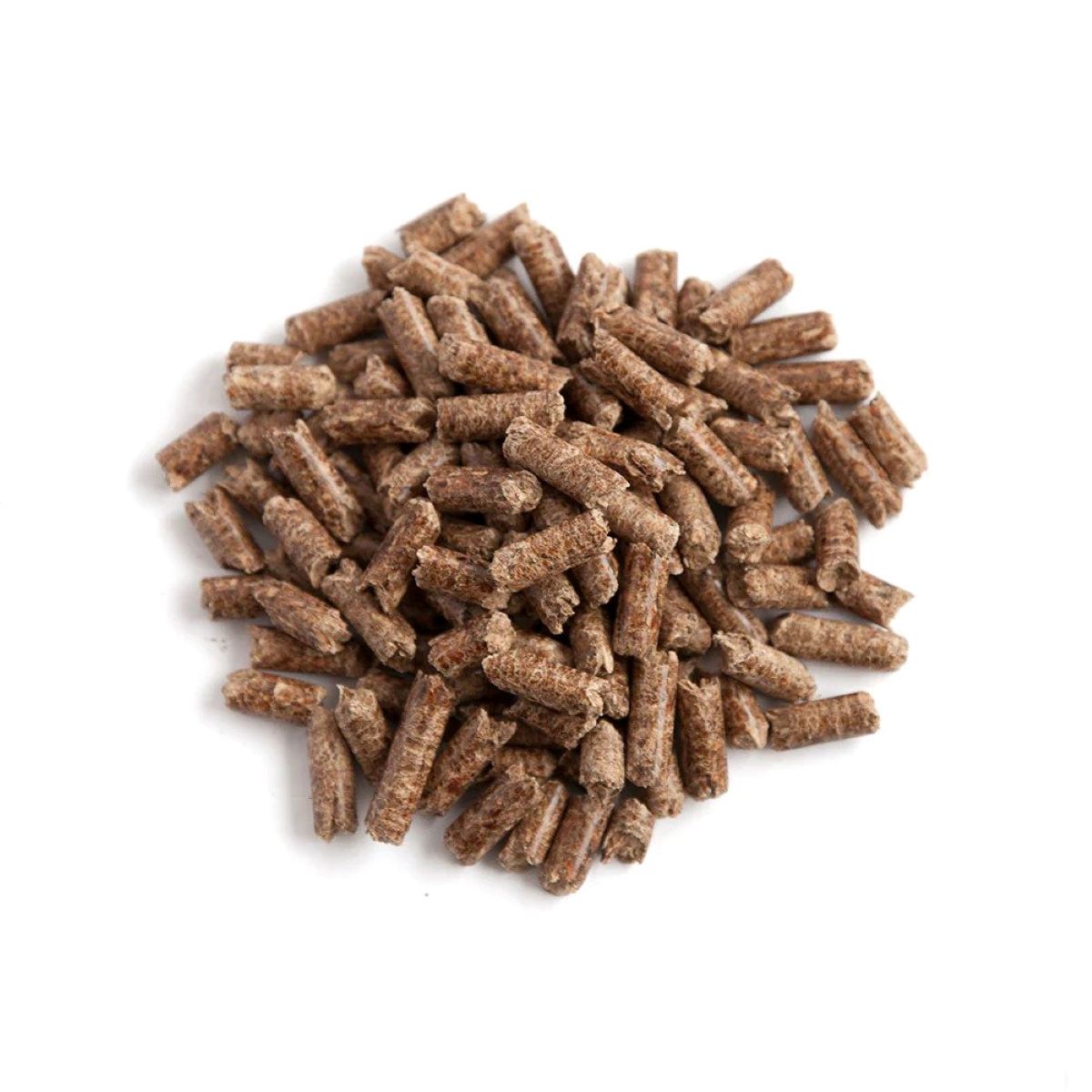
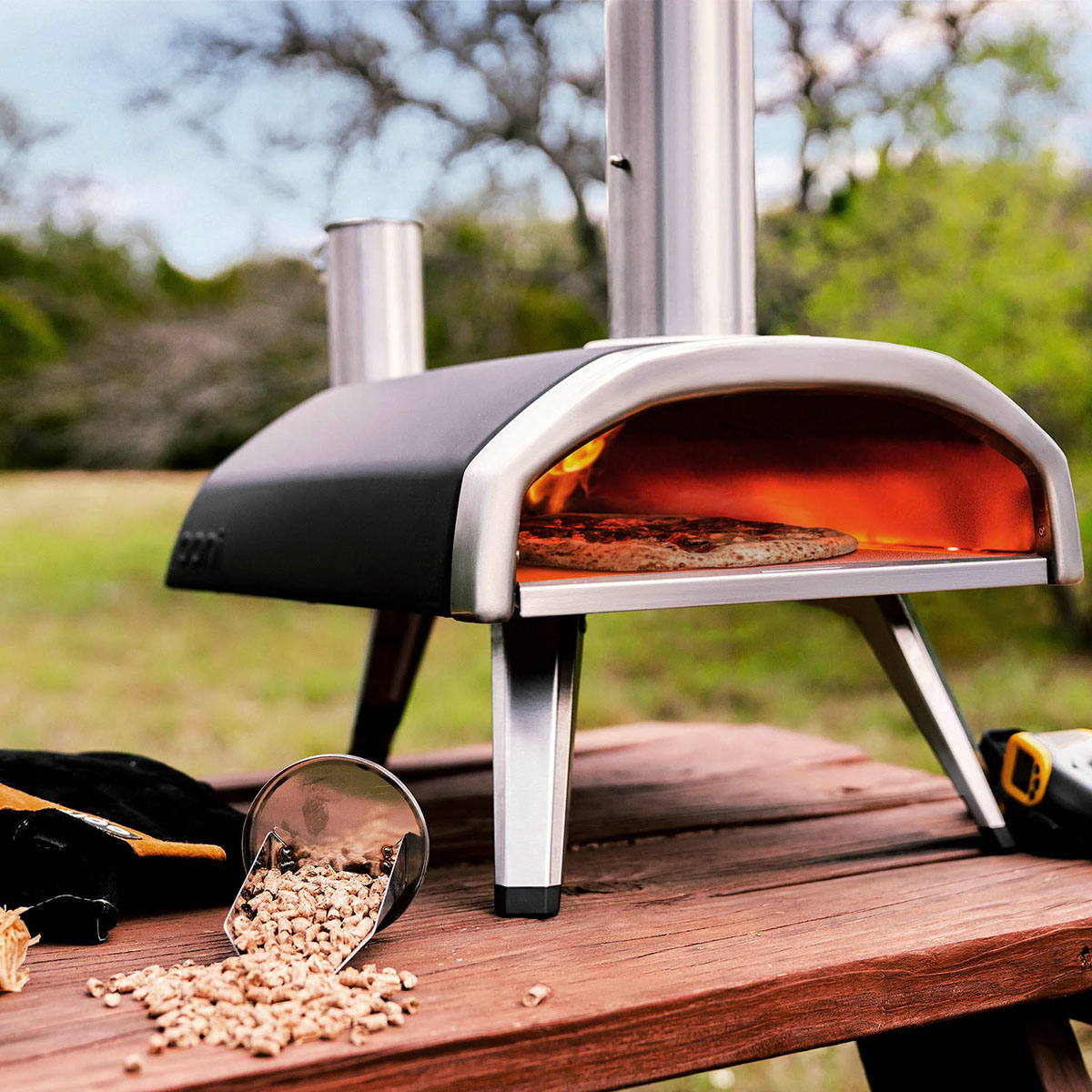
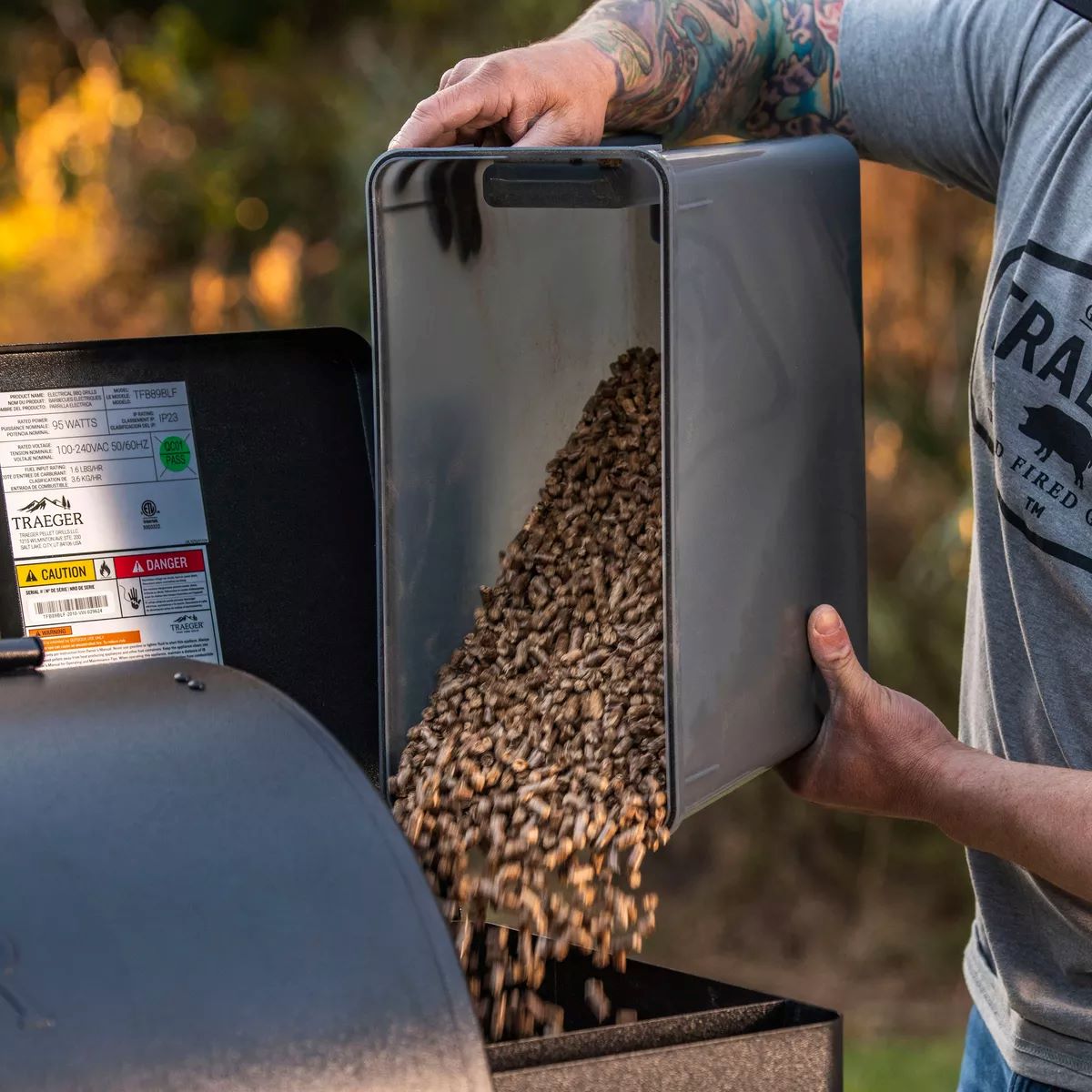
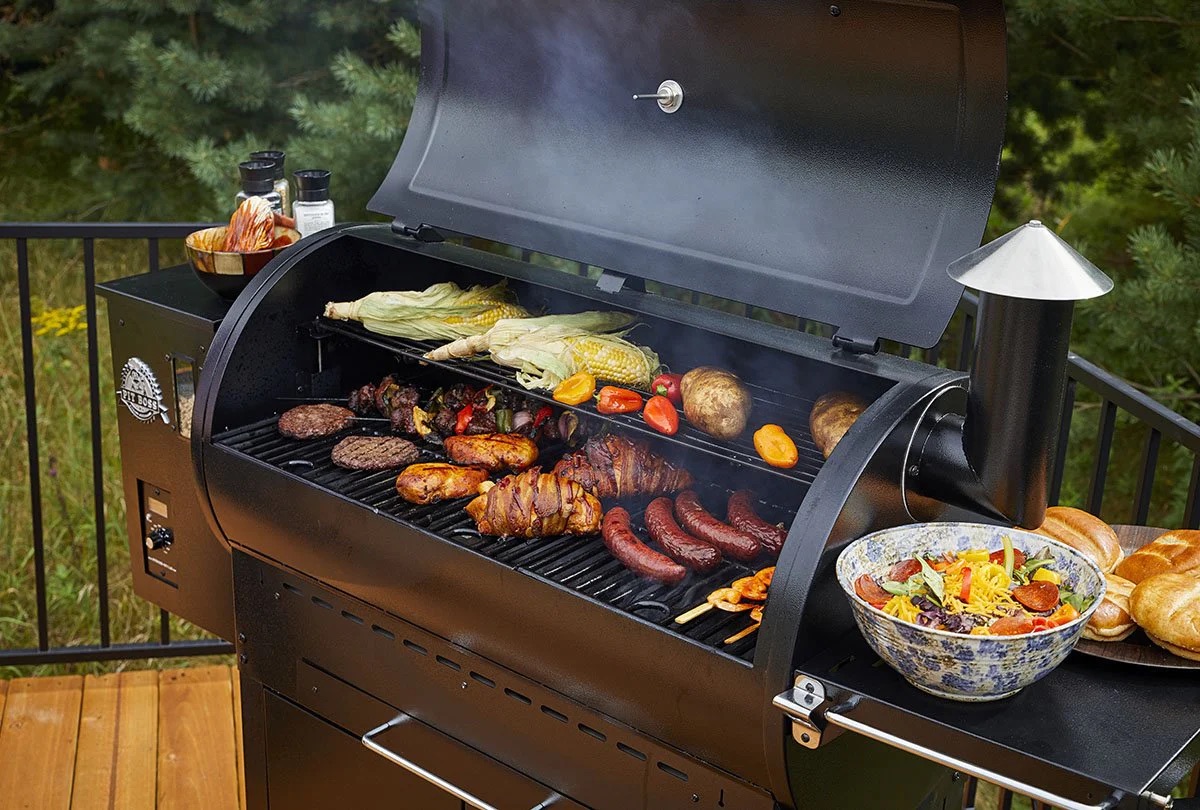
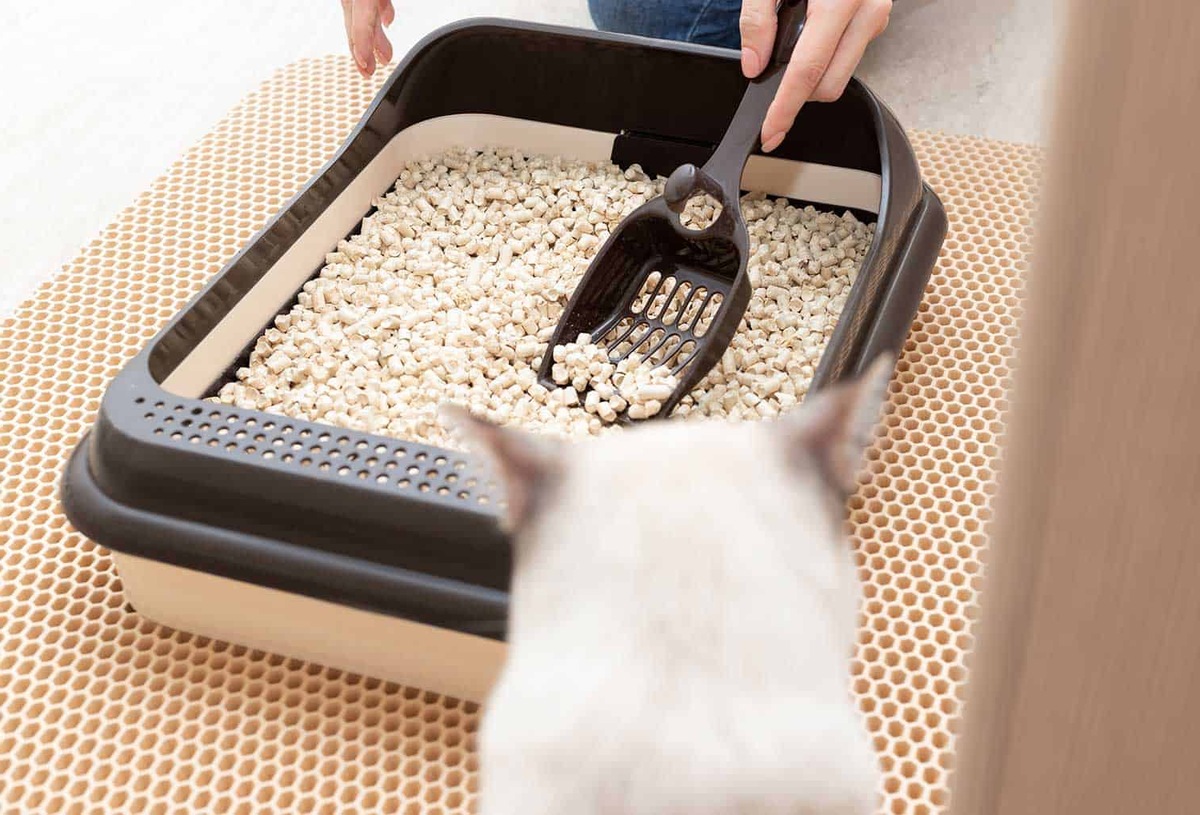
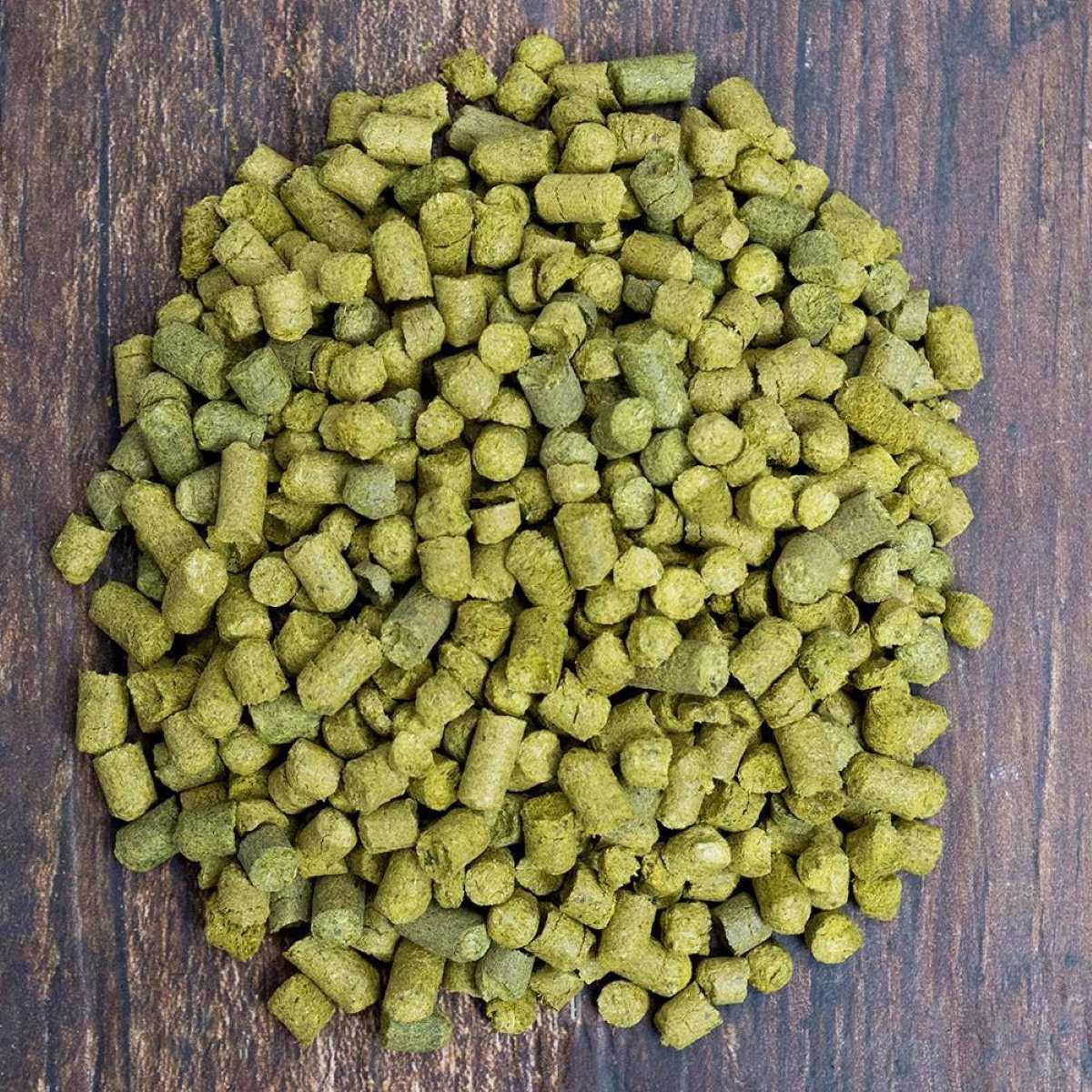
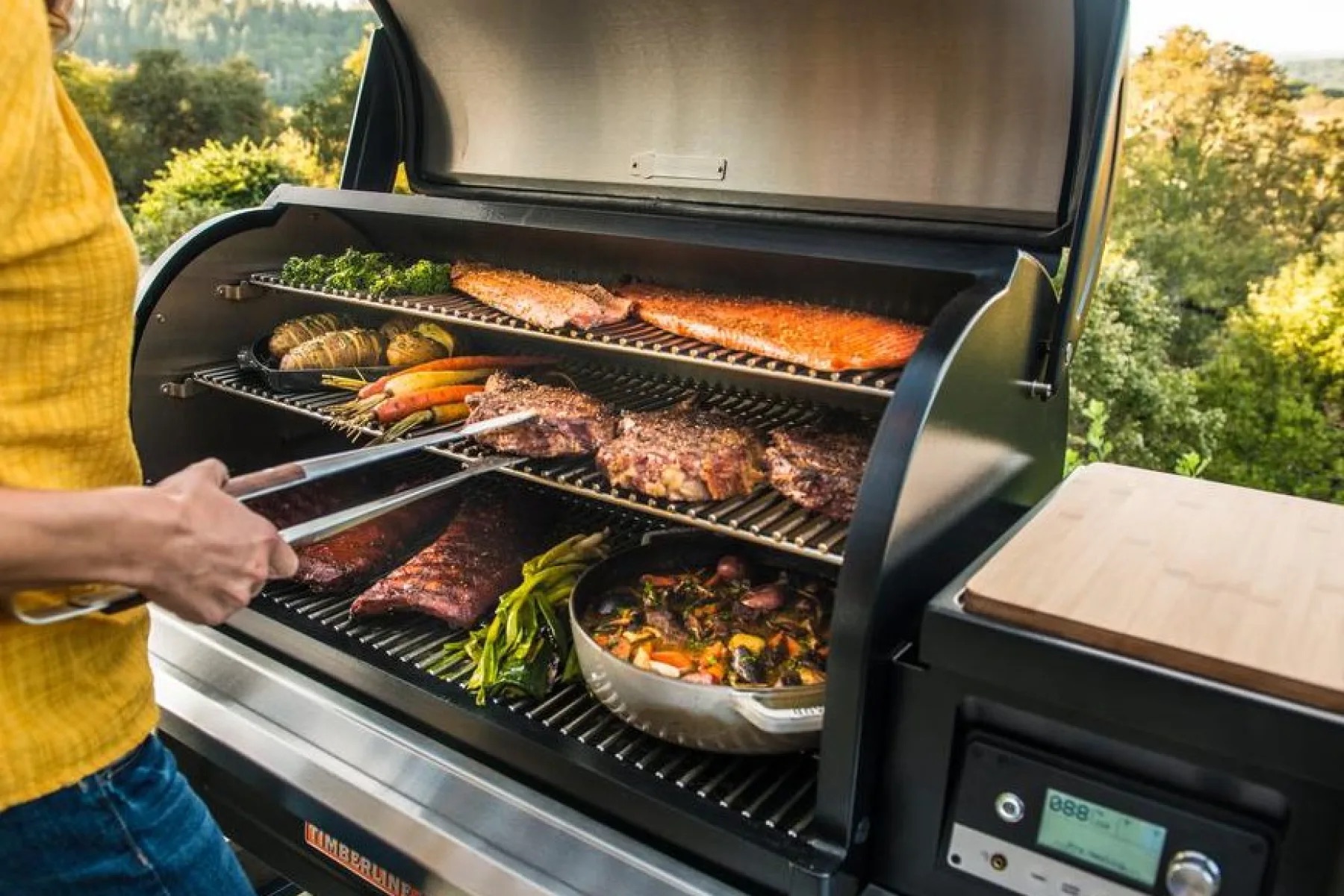
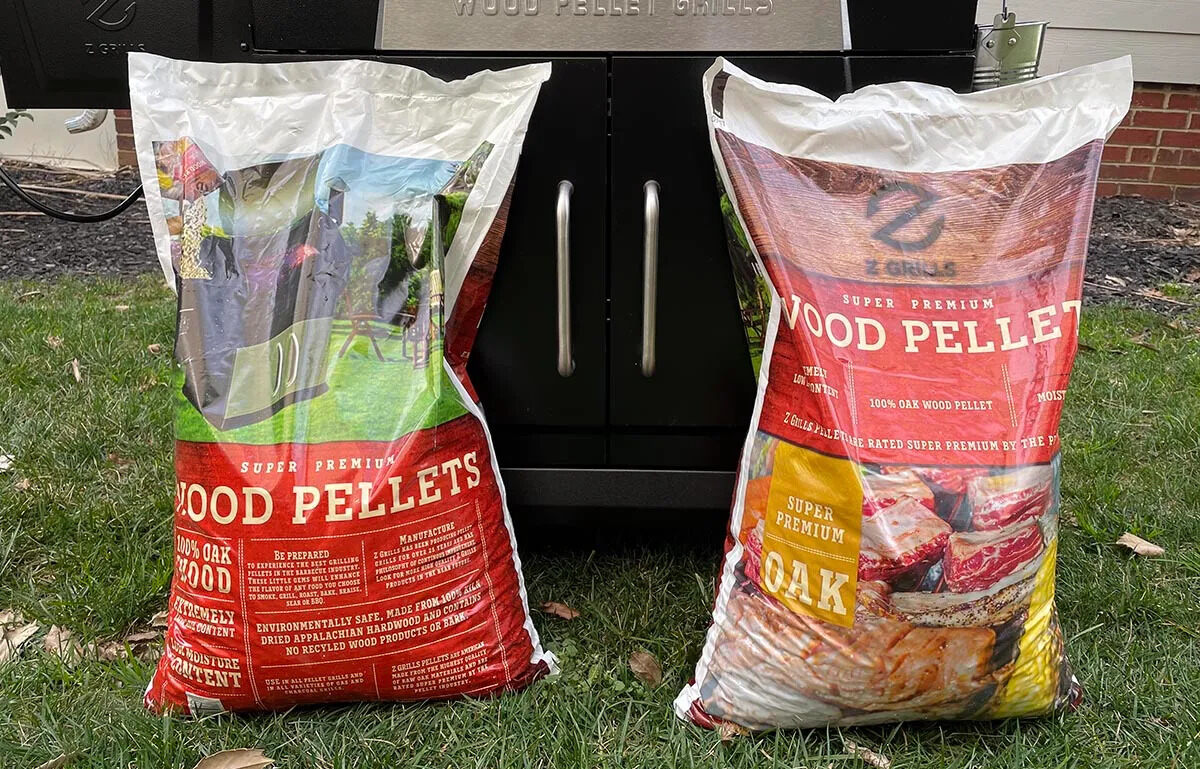
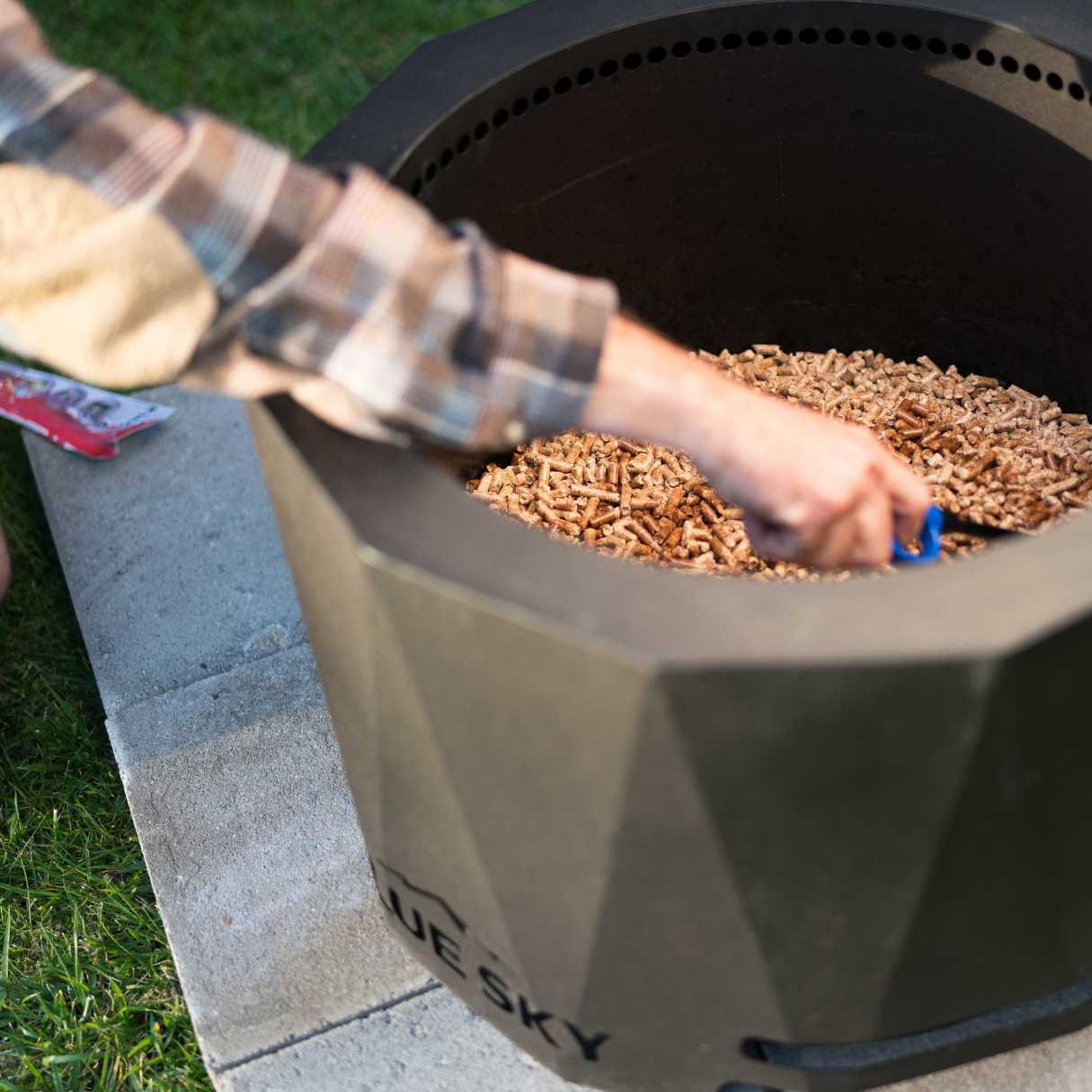

0 thoughts on “What Is A Pelleted Seed”